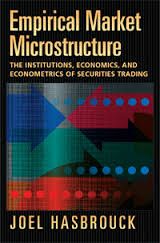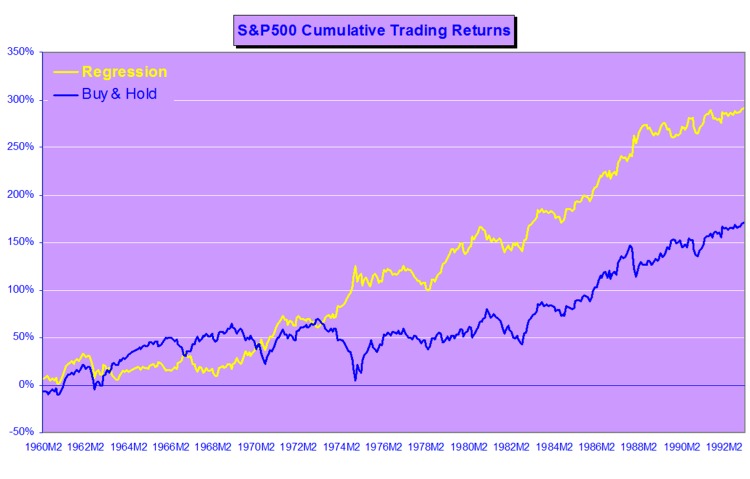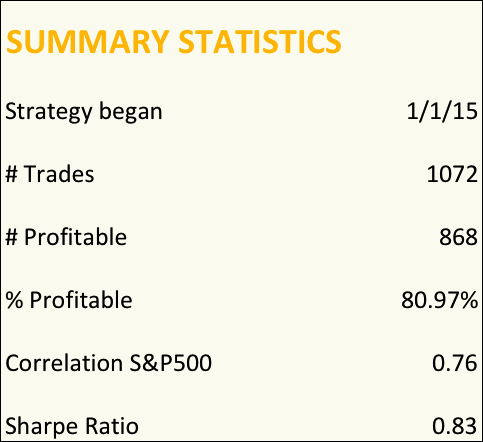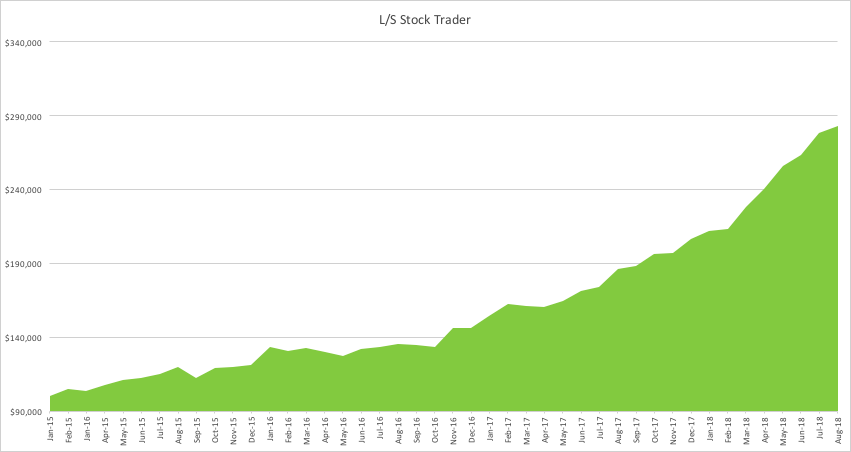This note summarizes some of the key research in the field of market microstructure and considers some of the models proposed by the researchers. Many of the ideas presented here have become widely adopted by high frequency trading firms and incorporated into their trading systems.
Forecasting Financial Markets – Part 1: Time Series Analysis
The presentation in this post covers a number of important topics in forecasting, including:
- Stationary processes and random walks
- Unit roots and autocorrelation
- ARMA models
- Seasonality
- Model testing
- Forecasting
- Dickey-Fuller and Phillips-Perron tests for unit roots
Also included are a number of detailed worked examples, including:
- ARMA Modeling
- Box Jenkins methodology
- Modeling the US Wholesale Price Index
- Pesaran & Timmermann study of excess equity returns
- Purchasing Power Parity
Forecasting 2011 - Time Series
Long/Short Stock Trading Strategy
The Long-Short Stock Trader strategy uses a quantitative model to introduce market orders, both entry and exits. The model looks for divergencies between stock price and its current volatility, closing the position when the Price-volatility gap is closed. The strategy is designed to obtain a better return on risk than S&P500 index and the risk management is focused on obtaining a lower drawdown and volatility than index.
The model trades only Large Cap stocks, with high liquidity and without scalability problems. Thanks to the high liquidity, market orders are filled without market impact and at the best market prices.
For more information and back-test results go here.
The Long-Short Trader is the first strategy launched on the Systematic Algotrading Platform under our new Strategy Manager Program.
Performance Summary
Monthly Returns
Value of $100,000 Portfolio
Master’s in High Frequency Finance
I have been discussing with some potential academic partners the concept for a new graduate program in High Frequency Finance. The idea is to take the concept of the Computational Finance program developed in the 1990s and update it to meet the needs of students in the 2010s.
The program will offer a thorough grounding in the modeling concepts, trading strategies and risk management procedures currently in use by leading investment banks, proprietary trading firms and hedge funds in US and international financial markets. Students will also learn the necessary programming and systems design skills to enable them to make an effective contribution as quantitative analysts, traders, risk managers and developers.
I would be interested in feedback and suggestions as to the proposed content of the program.








